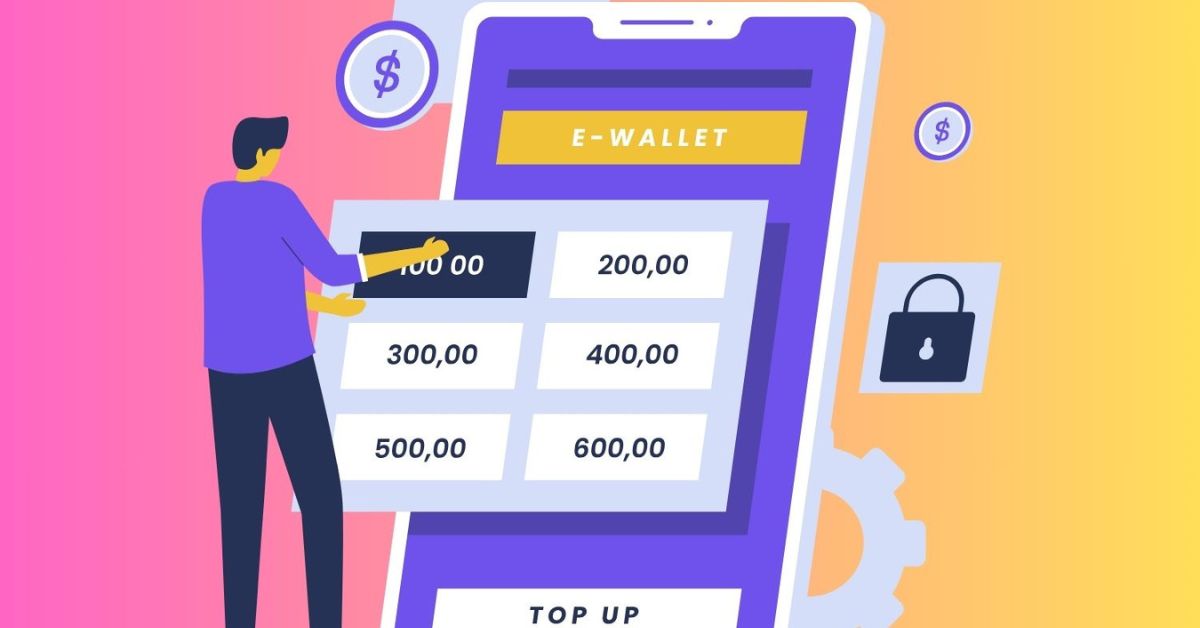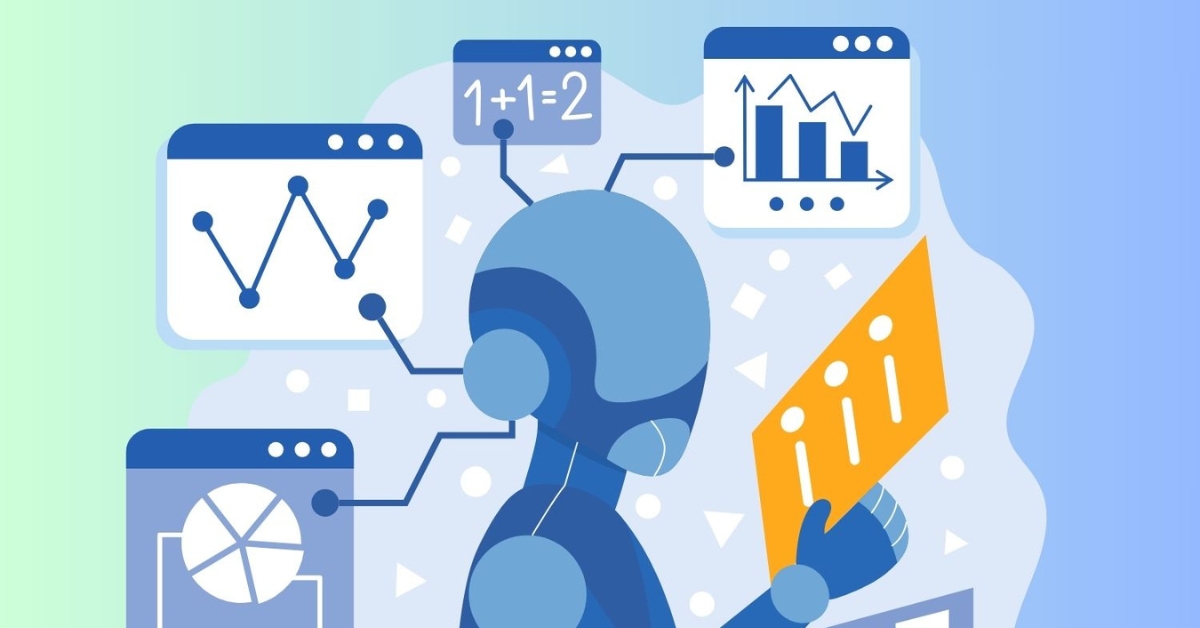Introduction
Interest rates significantly impact economic activity and personal financial decisions, particularly consumer borrowing, including mortgages, car loans, credit cards, and student loans.
Effects on Consumer Borrowing
1. Mortgage Loans
Interest rates directly affect the cost of obtaining a mortgage. When rates are low, financing a home becomes more affordable, leading to an increase in home purchases and refinancing activities. Conversely, when interest rates rise, the cost of mortgage payments increases, potentially slowing down the housing market as fewer people can afford to buy homes.
Example: A drop in the interest rate can reduce the monthly payment on a 30-year mortgage significantly, making it easier for buyers to afford bigger or more strategically located homes.
2. Auto Loans
The auto industry is similarly sensitive to changes in interest rates. Lower rates decrease the cost of financing a car, thus encouraging more consumers to buy vehicles. Higher rates have the opposite effect, making car loans more expensive and potentially decreasing new car sales.
3. Credit Cards
Credit card rates are particularly responsive to changes in benchmark interest rates. Lower interest rates can lead to lower APRs on credit cards, reducing the cost of carrying a balance. This might encourage consumers to use their credit cards more often or to feel more comfortable maintaining a balance.
4. Student Loans
For student loans, the impact depends on whether they are fixed- or variable-rate loans. Variable-rate loans will cost less to service when interest rates decrease, relieving financial pressure on students and recent graduates. Fixed-rate loans remain unchanged, but the overall environment of low rates may make it easier for new borrowers to manage their debt.
Broader Economic Impact
Changes in consumer borrowing behavior influenced by interest rates can significantly impact the broader economy. Increased borrowing leads to higher consumer spending, which drives economic growth. However, this can also lead to higher levels of consumer debt, which could pose risks to economic stability if not managed carefully.
Conversely, higher interest rates generally lead to reduced borrowing and spending, which can slow economic growth. While this might be good for controlling inflation, it can also lead to a recession if done too aggressively.
Conclusion
Interest rate changes play a pivotal role in shaping consumer borrowing behaviors. Understanding these dynamics is crucial for consumers, policymakers, and investors alike. As we navigate different economic cycles, paying attention to interest rate trends can provide valuable insights into market conditions and help in making informed financial decisions. Whether planning to buy a home, finance education, or manage credit, keeping an eye on interest rates is essential for optimizing one’s financial strategy in the context of broader economic trends.
#InterestRates #ConsumerBorrowing #EconomicImpact #MortgageRates #AutoLoans #CreditCards #StudentLoans #FinancialPlanning #EconomicGrowth #MonetaryPolicy



